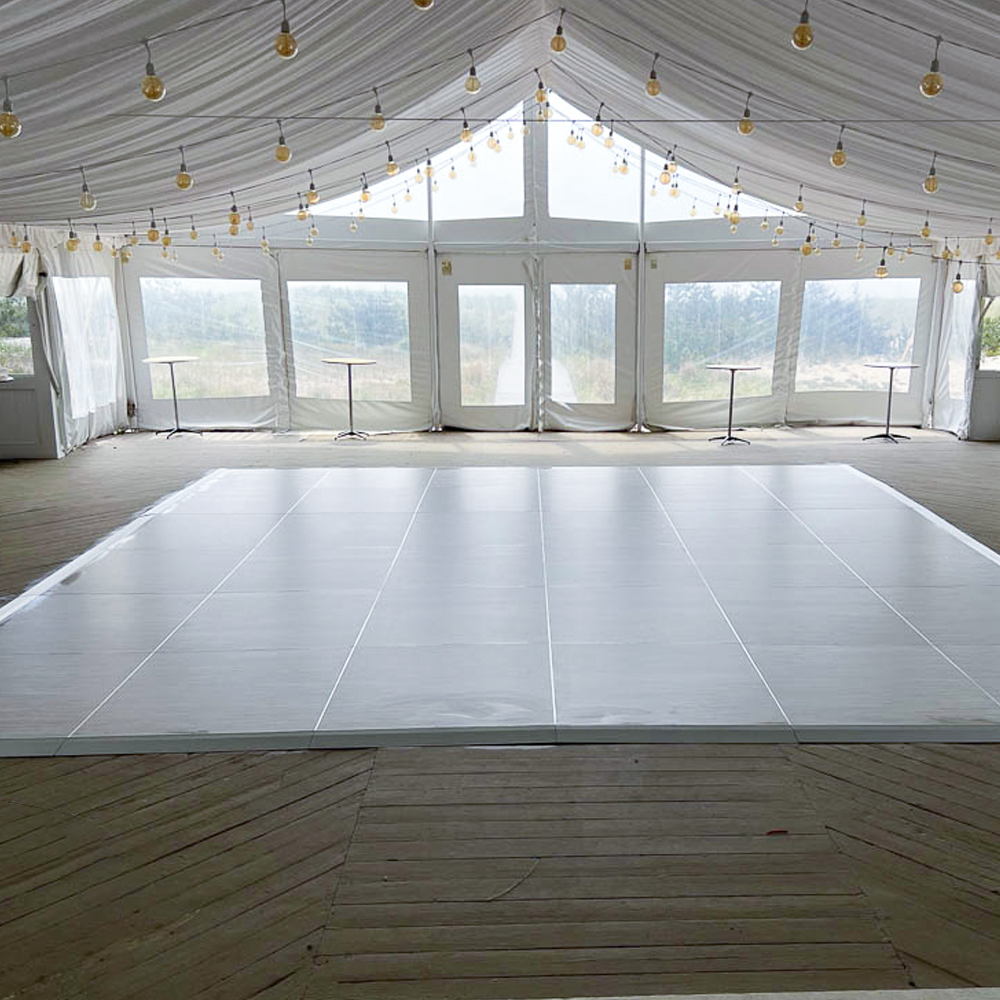Securing Security and Pleasure on the Dance Space: Identifying and Preventing Typical Risks
Securing Security and Pleasure on the Dance Space: Identifying and Preventing Typical Risks
Blog Article
Dancing is a well-liked activity that brings individuals collectively, regardless of at a party, a club, or a special event. Yet, although dancing can be a lot of enjoyment, it is essential to maintain security in consideration. The dance floor can present various hazards that may lead to injuries or incidents if not managed properly. By identifying and mitigating these frequent hazards, function organizers and dancers can guarantee a safe and pleasant experience for all.
One of the most significant hazards on the dance floor is the threat of slipping or falling. This can occur due to spills, uneven surfaces, or crowded spaces. To avoid these incidents, it is important to maintain a clean and clear dance space. Event coordinators should frequently check the area for any spills or debris and clean them up immediately. Furthermore, ensuring that the dance area is well-lit can help dancers identify potential hazards, reducing the chances of falling. Dancers should also be mindful of their surroundings, steering clear of packed areas where they may be shoved or stumbled.
Another frequent issue on the dance area is the potential for injuries caused by overcrowding. When too many individuals gather in one area, it can lead to collisions, contusions, and even more grave injuries. To prevent overcrowding, locations should establish a limit capacity for the dance area and monitor it closely. Event coordinators can use fencing or ropes to create specific areas for dancing, great site which can help manage crowd flow. Additionally, motivating dancers to be conscious of their space and to respect others can create a more secure environment for everyone.
Injuries can also occur from improper footwear. Using shoes that are not suitable for dancing can lead to slips, injuries, or foot damages. Dancers should choose footwear that provides adequate support and grip. Event organizers can prompt guests to choose appropriate shoes by including this information in announcements or messages. Providing a place for dancers to keep their shoes can also help keep the dance floor more info here secure and free from potential risks.
Lastly, it is essential to consider the significance of health and fitness on the dance floor. Staying hydrated is important, especially during long periods of dancing. Dehydration can lead to lightheadedness, fatigue, and other health concerns. Event organizers should provide hydration stations or encourage guests to bring water containers. Additionally, it is imperative for dancers to listen to their bodies and take breaks as necessary. By encouraging a healthy atmosphere, everyone can enjoy dancing while minimizing the threat of health-related concerns.
In conclusion, ensuring security and pleasure on the dance floor requires awareness and preemptive measures. By recognizing hazards such as slips, overcrowding, unsuitable footwear, and health issues, event organizers and dancers can collaborate together to create a secure environment. Implementing these steps not only prevents mishaps but also improves the overall encounter for everyone involved. With proper precautions, the dance floor can remain a place of fun and camaraderie for everyone.